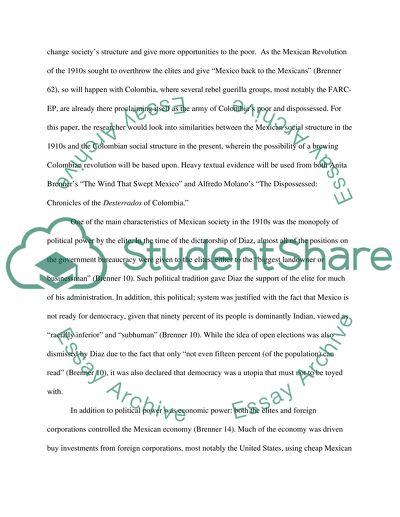Cite this document
(“The violence currently facing Colombia's dispossessed is indicative Essay”, n.d.)
Retrieved from https://studentshare.org/history/1425945-the-violence-currently-facing-colombiayies
Retrieved from https://studentshare.org/history/1425945-the-violence-currently-facing-colombiayies
(The Violence Currently Facing Colombia'S Dispossessed Is Indicative Essay)
https://studentshare.org/history/1425945-the-violence-currently-facing-colombiayies.
https://studentshare.org/history/1425945-the-violence-currently-facing-colombiayies.
“The Violence Currently Facing Colombia'S Dispossessed Is Indicative Essay”, n.d. https://studentshare.org/history/1425945-the-violence-currently-facing-colombiayies.


